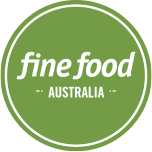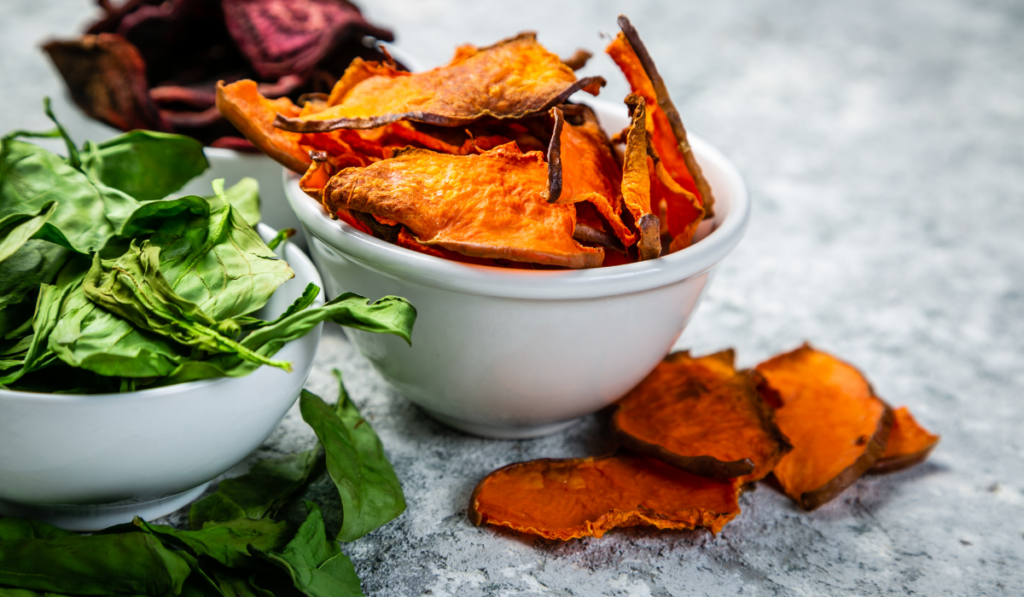Sponsored content provided by Shary Australia
As Australian consumers grow more mindful of what they eat, the definition of a “healthy snack” is rapidly evolving. No longer are shoppers satisfied with generic health claims—they’re looking for authenticity, transparency, and innovation. One segment quietly making waves in this space is real fruit and vegetable crisps, offering a convenient, nutritious alternative to traditional snacks.
But what does it actually take to bring these snacks to life at scale while staying true to their natural roots?
At Shary Australia, we’ve learned that bridging the gap between farm-fresh produce and shelf-stable products isn’t just about technology—it’s about decisions at every step, from cultivation to crunch.
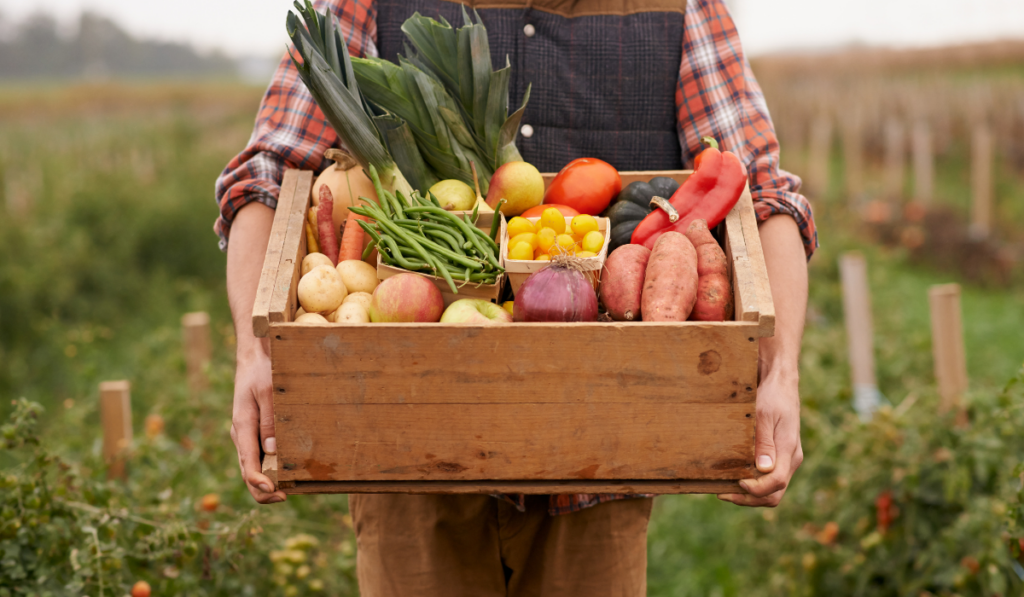
From Farm to Factory: Reimagining Snack Production
Most people don’t realize that behind every crispy slice of beetroot or mango is a rigorous process of timing, temperature, and technique. Unlike conventional chips that rely on heavy processing and additives, fruit and veggie crisps made from whole ingredients require far more delicate handling.
One of the game-changers has been vacuum baking and freeze-drying—methods that allow produce to retain its natural colour, shape, and nutrients without the need for artificial preservatives. However, scaling these processes involves intense coordination between growers, processors, and packaging teams to avoid waste and maintain consistent quality.

Challenges We Didn’t Expect
Like many businesses in the healthy snack category, we assumed our biggest challenge would be technology. But it turned out the real hurdle was consumer education. While shoppers are curious about plant-based and natural snacks, they’re often unsure what to expect in terms of texture, taste, and shelf life.
We discovered that transparency—whether that’s explaining how a crisp is made, why the colour might vary slightly batch to batch, or what “freeze-dried” really means—became just as important as the product itself. This insight led us to redesign our packaging to highlight simple ingredients, production methods, and certifications like BRCGS, Halal, and Gluten-Free.
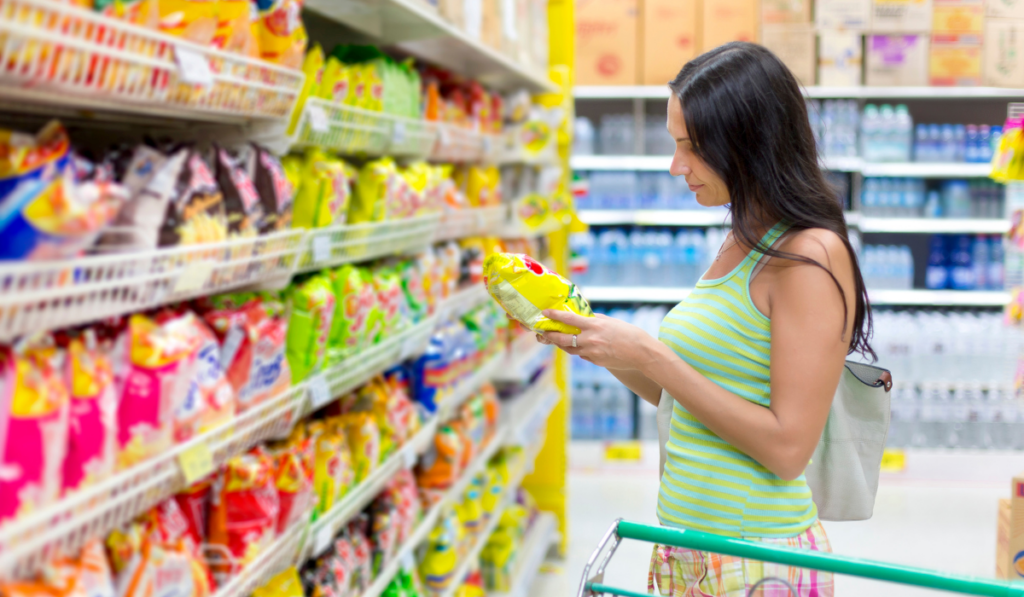
What Retailers and Buyers Are Asking For
Retailers are increasingly prioritizing not just product innovation, but production accountability. Supermarket buyers and food service operators want to know where the produce comes from, whether ethical sourcing is in place, and how brands are ensuring food safety at scale.
For us, having our own facility and close relationships with growers in both Australia and Southeast Asia has made a huge difference. It allows us to offer traceability and respond more quickly to shifts in seasonal availability and supply chain pressures.
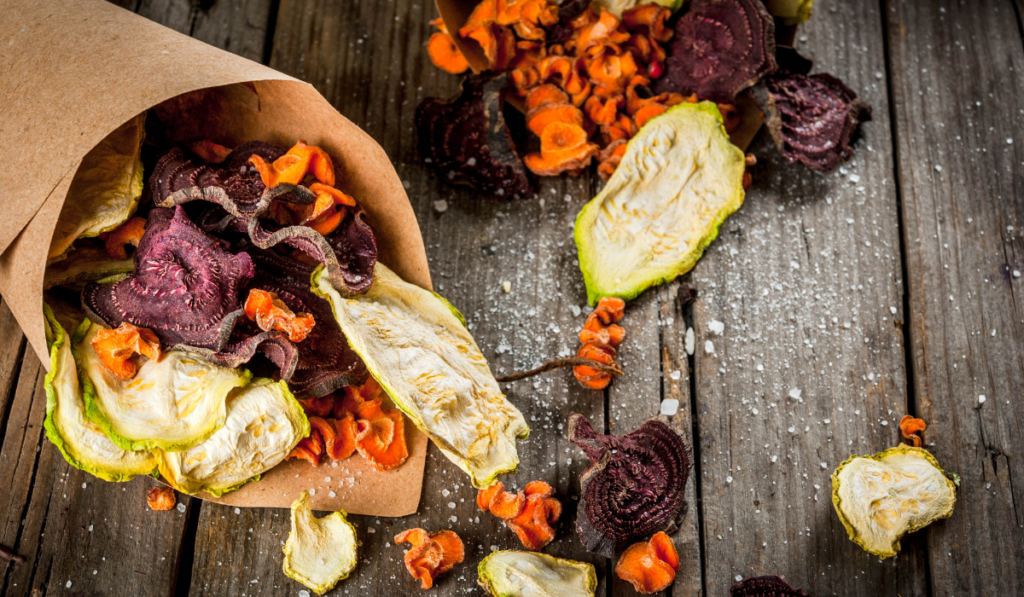
The Big Picture: A Snack That Speaks to Future Trends
What we’re seeing now is a convergence of several megatrends: plant-based diets, low-processed foods, and global flavours. Crisped shiitake mushrooms with wagyu seasoning, or sweet potato coins with no added sugar, aren’t just novelty products — they’re a reflection of how consumers now snack with purpose.
The real opportunity in this space lies in continuing to educate, iterate, and collaborate—with chefs, food scientists, and even customers—so that “healthy snacks” don’t have to be boring or bland.
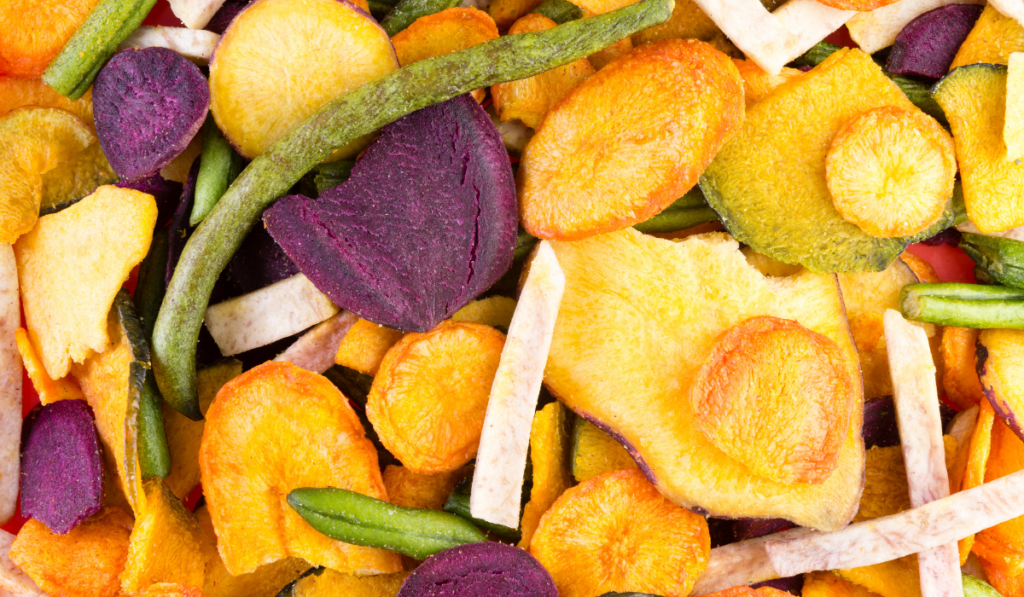
Looking Ahead
For food entrepreneurs, manufacturers, or retailers looking to tap into the better-for-you snack market, the key takeaway is this: technology matters, but story matters more. If you can show the journey behind your product and back it with real insight and transparency, today’s health-conscious consumer will listen—and bite.
